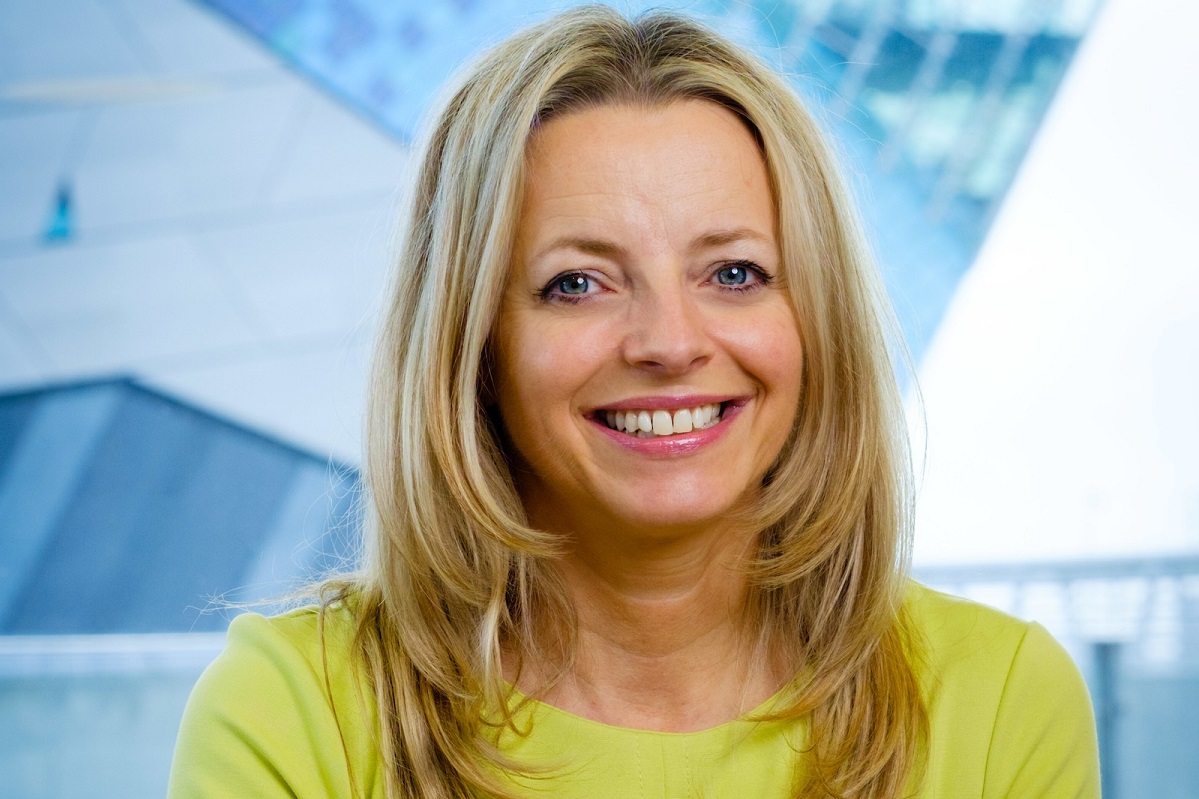Digital Readiness
Article
Delighting consumers with an innovative customer service strategy

From providing a direct link to the CEO to incentivising feedback, innovative customer service approaches are worth taking the time to devise and execute – as Be the Business found out.
There are four things which are steadily changing the customer service landscape: higher customer expectations, the rise of the mobile internet, big data/advanced analytics and the Internet of Things (IoT).
Many British businesses certainly take the subject seriously, and the list of 2017 winners at the UK Customer Experience Awards provides lots of food for thought. Luxury gifts company Amara won for its use of a data platform named FoundiT, which helps retailers work out what customers want wherever they are on a website. The Bury branch of Skipton Building Society was lauded for its team’s efforts in making the branch, region and wider Bury community more dementia-friendly. And then there was Isle of Wight ferry company Red Funnel, which walked away with a prize for empowering all employees to “think like a customer”.
If customers are the lifeblood of a business, it is imperative to treat them well and make their experience of, and interactions with, a brand as pleasant and convenient as possible. It’s a concept that Greg Jackson, founder and CEO of Octopus Energy, embraced even before launch in 2016 – largely because he knew from personal experience as a consumer that trying to deal with the customer service departments of energy suppliers could be painful.
“What people don’t like is when they’ve been asked to click on a link that doesn’t work or they’ve been asked to download an app and it doesn’t deliver as promised, or they’ve been forced to come up with a password they’ll never remember,” the leader of the 100-employee strong London and Leicester-based energy business commented. “Research says that the best interactions are digital ones that work – they’re the ones that give customers the most satisfaction.”
Never too old to innovate
Innovative customer service spans a broad church. At one end of the spectrum, the focus may be on being robust and wide-ranging coupled with a desire to employ the latest proven technology to give the customer what they want. The Ordnance Survey’s recent switch from a system it felt had become inefficient to Microsoft Dynamics is a good example. As the company’s customer service manager Charlie Adams pointed out: “A 225 year-old organisation can, and must, keep with the times and be at the head of the digital transformation currently going on around the world.”
The Ordnance Survey (OS) website is the first port of call for customers looking for help, buying things or those generally interested in the organisation – and because of that it is vast. Dynamics, Adams said, now gives them one place for all customer interaction, no matter which customer base they come from or how they make contact.

At the opposite end of the spectrum is a customer service experience that is more reactive, and has a foot firmly rooted in the PR arena. Anita Pace, managing director of public relations agency Pace Communications, which has 17 members of staff, explained it like this: “Great customer service can help businesses build loyalty and trust with the individual who is on the receiving end of a member of staff who goes the extra mile. When that customer service is captured, in the digital space, there is an opportunity to share something brilliant far more widely and get some valuable PR on the back of it.”
It can be something as simple as reacting to a complaint on Facebook in a helpful and humorous way that goes viral, she said, or proactively spotting a Twitter conversation that helps make a customer’s dream come true.
Make the process smoother
Octopus, meanwhile, has found a middle ground. “We wanted to build in great customer service from the word go, especially digitally,” explained Jackson. “If you phone up a call centre and are trying to explain something complex, like a meter reading or where your meter is located, it’s not going to be as good as being able to upload a photo of where the meter is, or a photo of the meter reading. Good customer interactions take less time and they’re more accurate.”

Alongside this, Jackson and his team made sure their website was as accessible to everyone as it could be. “We focused on people who are blind, deaf, who have poor vision, who are colour-blind, dyslexic or autistic,” he said.
Jackson thinks that very few businesses will take time to ponder such matters as, how will the colour scheme on a website work for people with low-vision or colour blindness? Or, does the use of icons make it difficult for people with autism? But his team did.
“By working hard to understand Home Office guidelines, we maximised the ability for those people to get great service from our business,” Jackson revealed. “An energy bill is hard to follow even when you can see, so sticking it in braille didn’t seem like the answer. Having a really clear build and then making it all work with screen reader technology means that people who are blind can have their computer read it out to them.”
There are all kinds of innovative ways to challenge old customer service models, and a startup named Limitless thinks it is onto something with an entirely new approach – incentivising a company’s existing customers to effectively become freelance customer service agents. Roger Beadle, co-founder and CEO, said: “Our platform enables organisations to crowd source customer support using existing loyal customers and employees. Using an app, these ambassadors can answer questions posed by a brand’s customers and get rewarded for doing so.”
When using the Limitless model, he said, response times to customer queries are less than five minutes, brands’ customer satisfaction rates are at 90 per cent or higher and clients are saving between 50 per cent and 75 per cent on a cost-per-case basis.
Remove defence layers
While there is now a dizzying array of clever ways to embrace innovative customer service, Jackson feels that innovation doesn’t necessarily require three months of brainstorming. One of the most powerful ways of showing your customer that you are there for them, he said, is to remove the layers of “defence” that managers hide behind.
“Every email you get from us, even a statement or meter reading reminder, is one you can reply to,” he said. “Instead of having that ubiquitous ‘noreply@’ email address, it will go straight through to someone who is responsible for it. For example, when we had to put our prices up, the email came from our finance director, and if you replied to it he would reply to you. And he did get several hundred emails from customers – but he replied to them all.”
Taking things even further, the “how to complain” part of the Octopus website puts Jackson himself on the front line of customer service. “Under Ofgem regulations we must explain how to handle complaints,” he explained, “but you’ll see what’s unusual in ours is that we use my email address. If you’re not happy, email the CEO. It means you can’t hide and I think it creates a real sense of confidence in your business.”
It would seem that customers – and the industry – agree. Octopus has a 9.5 out of ten score (from more than 2,000 reviews) on Trustpilot, and has won several awards.
Want to find out how you fare when it comes to customer service? Take our benchmark survey to find out more.